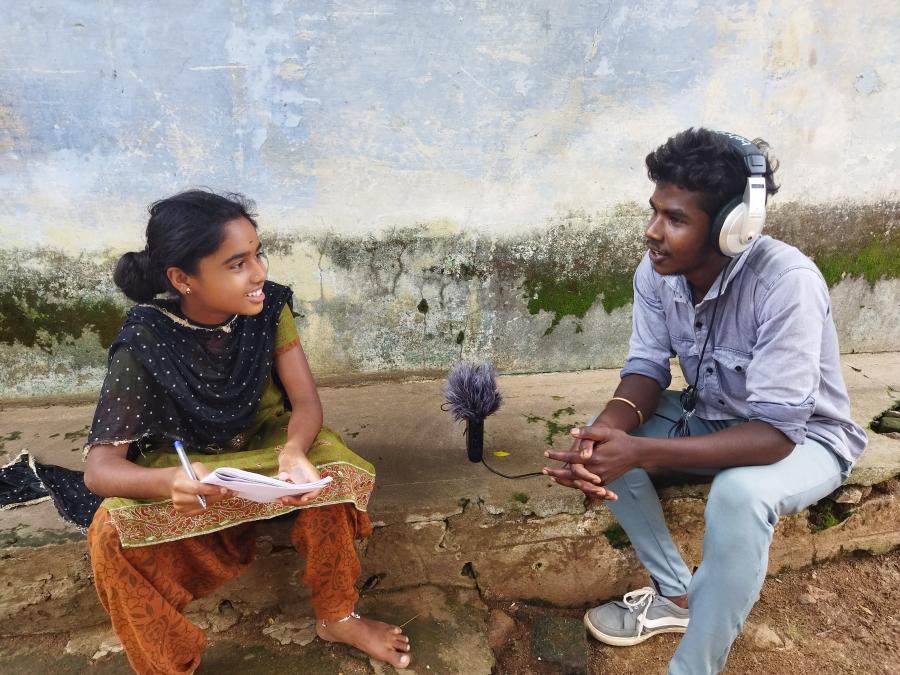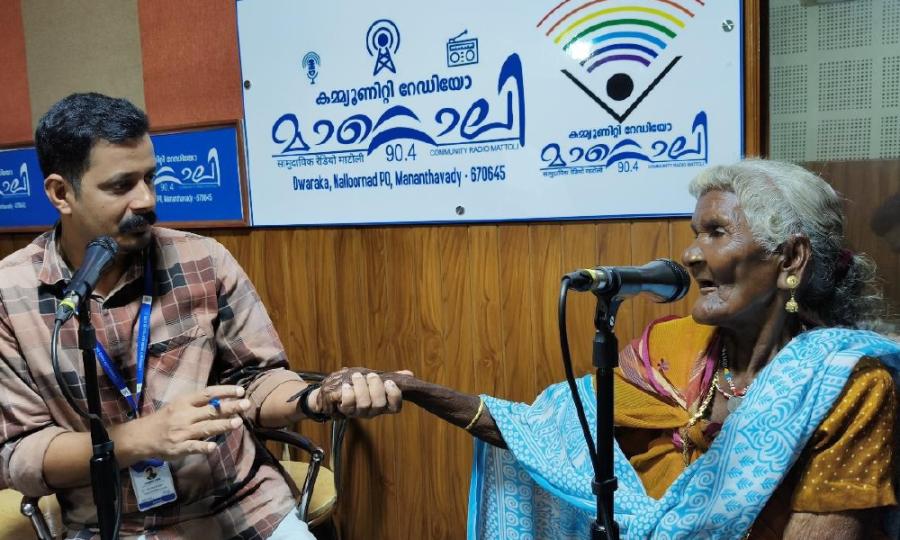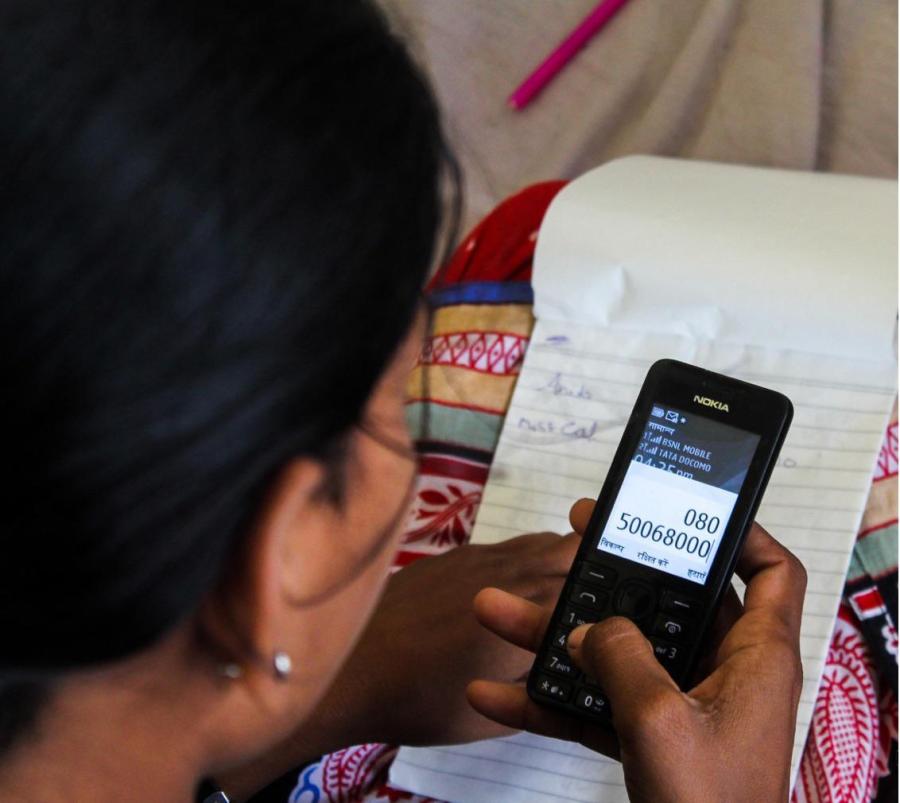The economic exploitation of children is one of the most prominent forms of child abuse and neglect in the world today. The phenomenon of child labor is not new. Children have worked throughout history. Child work is not just a developing country phenomenon. Children also work in countries such as the USA, Canada, the UK and the Netherlands.
The public perception of child work has largely been of horror stories and images of helpless victims. This perception has reinforced gross generalisations, including the notion that all work done by children is bad. The truth is that all child work is not bad, just as all education given to children is not good. The truth often lies between the two extremes. Child labor covers a wide spectrum from beneficial to intolerable. Because child labor is so often stigmatized, a child worker's right to organize is often ignored.
In difficult circumstances, many children see work as beneficial, as a means to escape dire poverty and as a ladder to improving their situation and that of their families. Working children and their communities are constantly making choices based on their analysis of the present situation and an economic projection of the future. These choices invariably aim to improve their situations or at the very least maintain the benefits that they have. Concerned for Working Children, an NGO that I work with in India, learned early that interventions that do not preserve or improve benefits will be resisted.
A group of girls in a small fishing village of Uppunda on the west coast of India serves to illustrate the point. While the boys in the village are involved with fishing, the young girls aged 1014 have the responsibility of collecting fuel from the forest. These girls used to leave home at 3 in the morning and walk nearly 12 kilometers a day. They were abused by the forest officers, they were made to pay fines, they worked long hours, and they carried heavy loads on their heads. Yet, all efforts to solve this problem were resisted by the children themselves.
We couldn't understand why until we listened to 13 year-old Prema, a poised young girl and the President of Bhima Sangha, a union of child workers. She explained that the girls did not want to give up the advantages they derived from collecting fuel wood. First of all, the girls valued their activity for the freedom it brought them in a very restricted society. They saw it as a means of going out of the house, having a chance to chat with their peers and be on their own for at least a while. Second, these girls also sold some of the fuel they collected -- an important source of income.
Prema explained that an intervention that would preserve or increase these benefits would be willingly accepted by her members. We were finally able to negotiate a solution where the girls were willing to trade off their cash benefits for education at an extension school center where they designed the syllabus. At the center they also saw that they had not only the freedom to go out of the house and meet together but also to discuss and plan strategies for change. The problem of fuel availability was solved by the forest department, which agreed to set up a fuel depot at Uppunda.
It is because the children spoke out about their concerns, and we listened, that we could together arrive at an acceptable solution. Any strategy addressing the issue of child labor should be based on a cost and benefit analysis of the children's situation and ensure that the benefits are increased and the costs drastically reduced. As in the Uppunda case, this can only meaningfully be achieved through children's participation.
Most interventions do not take into consideration the complexity of situations, the varied and multiple causes of child labor and the real reasons why children work. Instead, we as adults have insisted on overly simplistic, knee-jerk responses such as legislative bans, boycotts and compulsory education. We have failed mainly because we have adopted a top down approach. We have assumed we know what is best for children and never thought of consulting them.
The most glaring irony in the lives of working children is that though they are the ones who live with daily exploitation and abuse, and are the most affected by the interventions we design -- especially when they go wrong -- they are the ones who are least involved in developing these very initiatives.
When I began my work with working children 25 years ago, it was as a trade unionist in the informal unorganised labor sector. Between 20 and 40 percent of that work force were children under the age of 14. They could not understand why the law discriminated between them and adult workers, and pressed the union to address their concerns. Unfortunately, they were largely unsuccessful. Collective bargaining resulted in increased benefits for the adults while any settlement concerning children had to be negotiated under the table.
These children also realised that their issues were broader than the mere demand for increased wages and better working conditions. Their aspirations were not limited like those of adult workers. These children were full of hope and wanted to change the world. It was then that they decided to form Bhima Sangha -- a union for, by, and of working children. Bhima Sangha has since grown in numbers and in stature. What began as a small union in the city of Bangalore now represents more than 16,000 working children in the State of Kamataka. They have used the strength of their own union to change their lives.
The working children's demand is reasonable on its own merits, but is also fully justified under the provisions of the United Nations Convention on the Rights of the Child (CRC). Article 12 of the CRC states explicitly that "all children have the right to be heard and to have those views be taken into account," and article 15 recognizes children's "right to join or form associations." The CRC is the first global instrument to recognize children's fundamental right to organisation and participation.
The most effective way for any right to be realised is through the power of collective voice and the strength of organised action. However, the degree and level of children's participation depends on adult willingness to open up space for children. We lay down the frame and set the rules of the game; it depends on our willingness to share the power and control we now enjoy.
Facilitation by adults, if done right, can open up a space for children's voices to be heard. Too often child participation is abused when children are consigned to provide mere testimonies of exploitation and act as symbols of victimization while adults proceed with deliberation and important business. Real participation, in contrast, involves children playing an active role in analysing the situation and in deciding what to do.
In a small slum in Bangalore city, 14-year old Salma, a working child who produces incense sticks on a piece rate basis and one of the leaders of Bhima Sangha, led an agitation for increased wages. After nearly three weeks of collective bargaining and unique forms of protest, Salma managed to get a 15 percent wage increase. Salma and her friends saw this increase as a mere stepping stone to better things.
Not satisfied, they wanted to transform their slum into a safe and healthy environment for children. They wanted a safer and better paying industry for their parents, and they wanted more schools designed to their needs and conditions. As a result, they demanded and obtained day care centers for toddlers and better health care facilities. They began cleaning away the refuse and are rapidly working toward declaring their slum child labor free.
Examples abound, throughout history and in many parts of the world, where initiatives taken by working children have had far-reaching results that have improved children's lives and the lives of those in their communities. Children have organized not only to resist their exploitation but also to change their environment and to find deeper, more long lasting solutions. They have grasped opportunities and used them; they have challenged social norms and questioned the structure of society. Children have paved the way for dramatic changes, and in many ways made history.
Unfortunately, however, while there are many records of child exploitation, we know little about the achievement of children in social movements. History, usually written by those in control, has suppressed these accounts. To quote a South African proverb, "until the lions have their historians, history will always be told by the hunters." Until children reach the stage where they can rewrite history, they will remain mere helpless victims in our eyes and not be recognized as the determined people they often are.
Despite these biases, many working children today refuse to remain silent and invisible. Bhima Sangha in India has used participatory research methods for several years now to plan strategies in their localities. In 1990, for example, working children mapped the course of the river Varahi from source to mouth, documenting information on natural resources, infrastructure, history, demographics and culture. At a meeting to discuss their findings, the children realised that massive destruction of the environment including the felling of forests had led to a scarcity of raw material for the production of traditional crafts such as baskets and mats. A paucity of green manure, medicinal herbs, firewood and fodder for their cattle also existed.
There was a small child at this meeting, a boy called Dinesh, who seemed six but was actually nine. I felt he was too young to participate. Then he began to speak. He said: "The answer to this is to grow our own forest. We will plant all the trees we need including medicinal herbs. We will let lose all the birds and animals our parents told us once lived here. We will not ever cut any trees, only branches, and we will protect this forest for our children."
"Where will you get the land?" I said. "We will ask the Commissioner," he replied. "What if he does not give it to you?" "We will sit in his chamber until he does -- after all, we are Bhima Sangha children."
Dinesh's dream has come true. On 100 acres of land, a forest planted by little working fingers has begun to grow. They call it Namma Kadu or "Our Forest" and the trees are now twice Dinesh's height. I saw him the other evening at dusk with his bundle of firewood on his head, cheerfully waving to me.
This is a forest that we adults will never see fully grown in our life time, but the children of Bhima Sangha were able to find a long term solution to some of the root causes of child labor. Their vision is amazing, exposing the fact that adult logic is often far too conservative and myopic.
The children have now gone a step further. They have realised that information is power and that those who have it can influence policy and practice. They are involved in designing and administering questionnaires in 12,000 households in the villages of Kundapur, an area on the west coast of India. This awakening has led to an exciting new dimension of working children's participation. They wanted to participate actively in the decisions of local governments (panchayats). To strengthen their participation in this process, they set up a parallel children's council (Makkala Panchayat). Together we created a task force consisting of representatives of working children and the local government.
The children of Makkala Panchayat map the village and identify the problems they face. They then picture the village the way they would like it to be. This they present to the local government at the task force meetings, complete with data and supporting evidence. The task force then looks for ways of implementing these schemes through existing budget allocations or community participation.
This program is called Toofan and has been functioning in my home state of Karnataka since 1995. It is not a parallel system but a part of the formal political structure. The task force is chaired by the District Minister, the elections of the children's council are held by the local administration, and the Secretary to the local government acts as the Secretary to the children's council as well.
As a result, children have been able to forge an official partnership with employers and the government that is normally most difficult to achieve. They have been able to change the traditional approach to planning, and have succeeded in implementing child-centered microplanning with themselves as equal partners in development. Through this, children have been able to influence their futures and the future of their villages.
Our experience with Project Toofan has shown us that children often hit the nail on the head. They pointed out, for example, that the lack of full day child care centers prevented many children, especially girls, from accessing education. When both parents had to work at full-time jobs the care of toddlers became the responsibility of children. The establishing of full-time day care centers has relieved many children of this responsibility.
With Toofan, a peaceful revolution has begun. The Panchayat presidents (local government leaders) see the children's participation as positive. They say that for the first time they have been able to reach every household in the village, and feel that the issues the children raise are free from any hidden political agenda.
Adult panchayats have found a new role and a higher level at which to function. They also see the children's Panchayat as the training of the next generation of leaders. The sustainability of this intervention is reasonably assured as today's Bhima Sangha's children will soon be old enough to stand for elections to the local government and are likely to become the elected representatives of the community. They will have a vested interest in maintaining the systems that they have fought for to free children from the burdens they face.
Strategies that are developed unilaterally and without the participation of all major actors, especially working children, require compulsion and vast resources to implement. In contrast, strategies developed on the basis of a consensus are easily implemented with minimal resources.
The active participation of working children also brings about other benefits. Their very presence introduces an unwritten accountability; when your constituency is monitoring your every word and action, you become extremely careful about the steps you take. They also determine where you place the lens of your camera -- are you looking down at their problems from your ivory tower, or do you see problems through their eyes?
Working children's protagonism could be our saving grace. However, for adults to accept the children's agenda, they must acknowledge that working children are legitimate actors, participating in society, a view in opposition to the prevalent paternalistic image of children.
Children's right to organise and participate in decisions that pertain to them does not mean that they have all the answers, nor does it mean that we, as adults, are absolved of our responsibilities toward children. Rather, it is to allow for opportunities for children to defend themselves and reshape their own futures, and to enjoy the right to intervene in their environment and change elements that do not uphold their rights.
We must also be prepared to face the fact that children will say things we do not necessarily agree with. They will ask embarrassing questions for which we do not have ready answers. They will disagree on the stands they take based on the differing realities they face. But we must be willing to accept this. The concerns of working children need to be put on the agenda and their active participation must become a central feature of the decision making process. Only if we accept this challenge will we be any closer to finding solutions that work.
Article copyright Cultural Survival, Inc.



